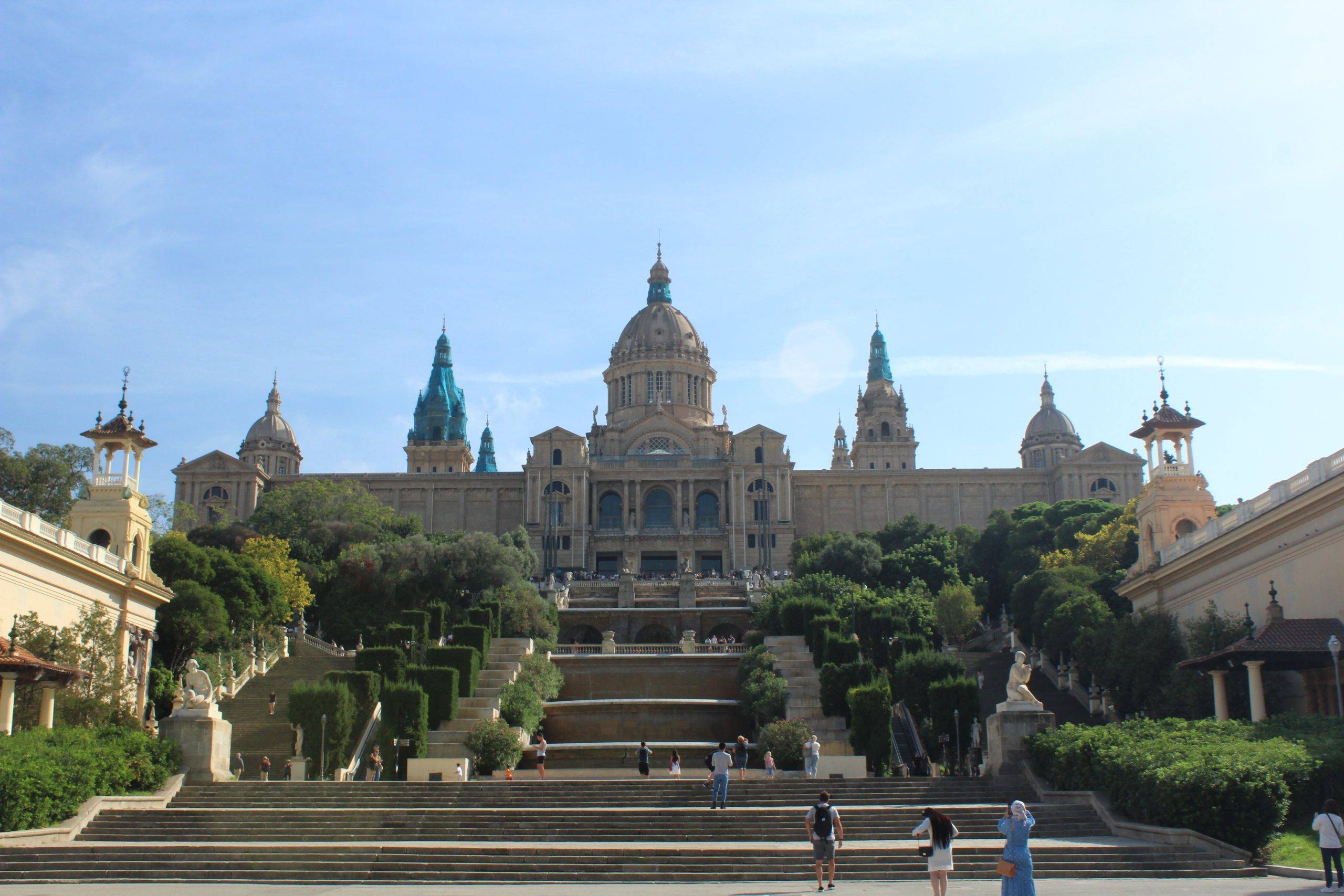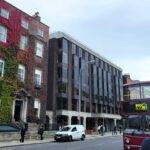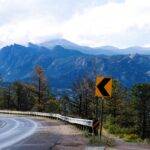In a city as large as Barcelona, it’s no surprise that it’s divided into a number of neighborhoods. Some of the more popular ones include the Gothic Quarter (home to the Barcelona Cathedral), Gracia (where you’ll find Park Guell), and the modern area of Eixample (surrounded La Sagrada Familia). Each neighborhood has great things to explore and a good reason to visit. But one of my personal favorites was Montjuic.
Located on a large hill above the main city, Montjuic offers not only incredible views but also a wide variety of attractions. It was the central location for the 1929 International Exhibition and the 1992 Olympics, and therefore boasts some pretty impressive buildings and activities that visitors can still enjoy long after these great events.
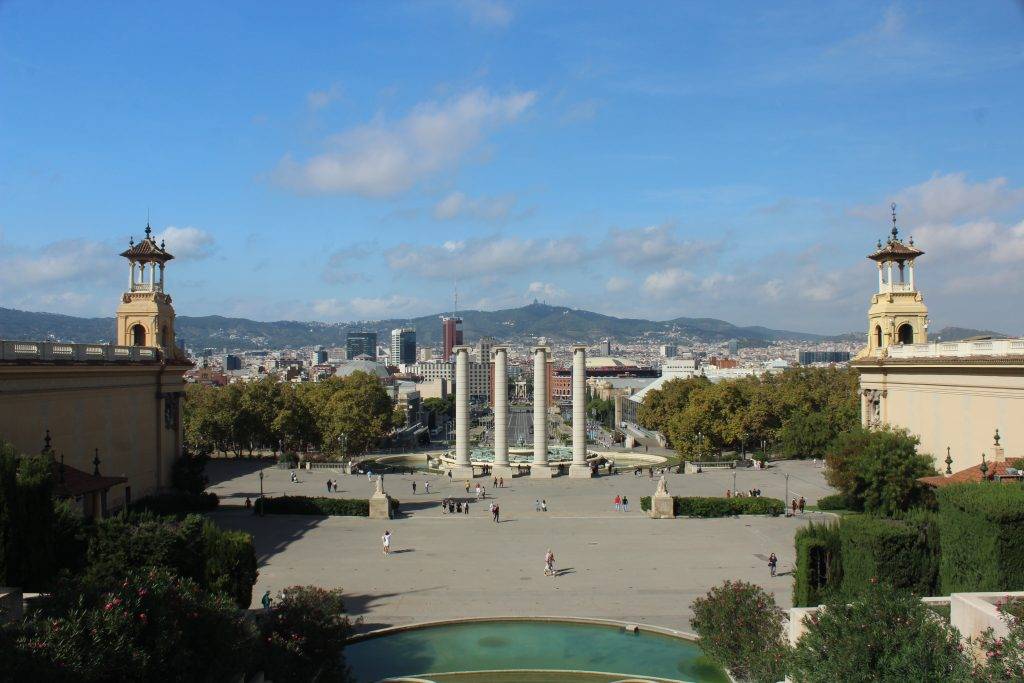
You can easily spend an entire day walking around Montjuic, visiting the various museums, gardens, and photo spots. Quite frankly, it can be a bit overwhelming to choose which ones to do. However, if you have good walking shoes and some energy, you can manage to fit quite a few of them into a day trip.
Based on our trip, here’s how I would recommend you spend a day in Barcelona’s Montjuic district…
Walk between the Venitian Towers
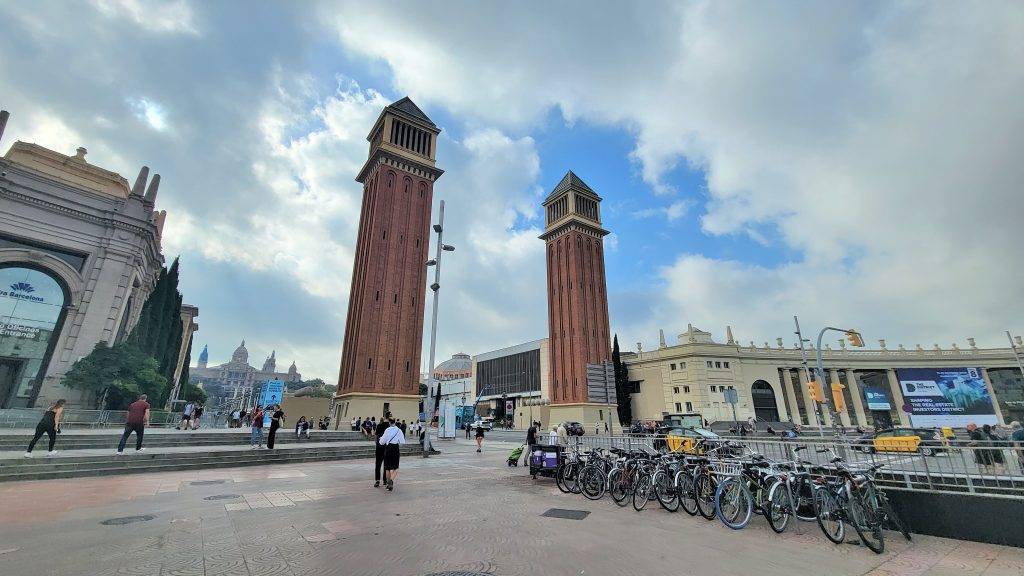
When you get off the bus or metro at Placa d’Espanya, one of the first things you’ll naturally notice are two giant towers framing the road toward Palau Nacional.
Known as the Venitian Towers, these are remnants of the 1929 International Exhibition and were modeled after the Campanile of St. Mark’s Basilica in Venice.
As you head toward the main part of Montjuic, walk between the towers and appreciate the view of the palace ahead.
Take in the Magic Fountain and Palau Nacional
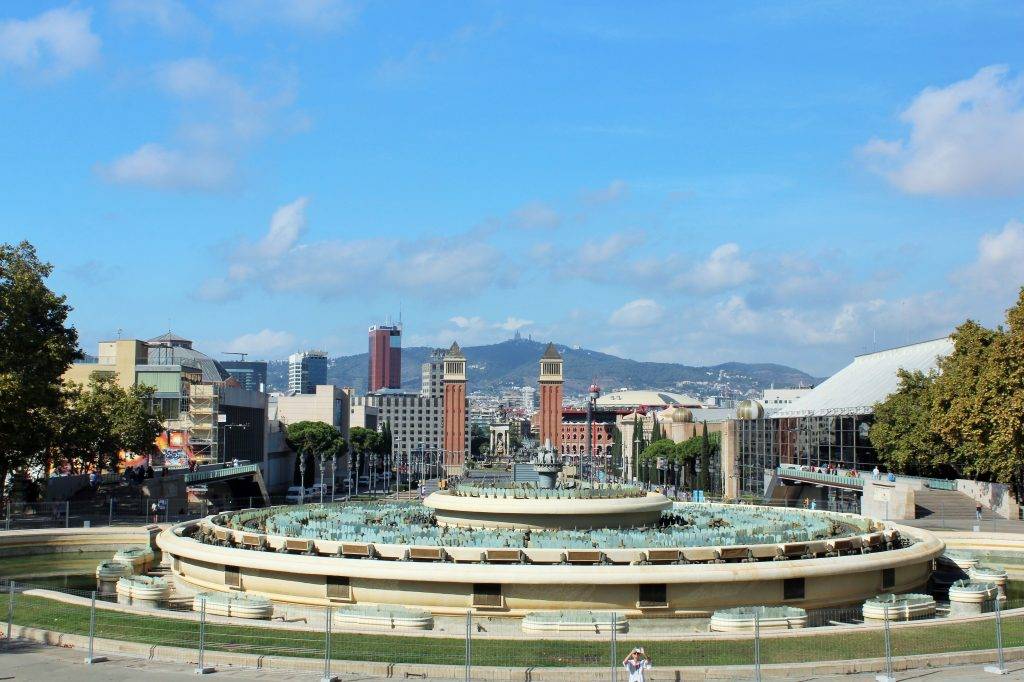
One of the most popular attractions in Montjuic is the “magic fountain.” This large fountain is situated right in front of Palau Nacional and was made to dazzle the crowds. At certain times throughout the week, the fountain puts on choreographed water and light shows that are so cool to watch! In fact, it has 7 million water and light combinations it can do!
Obviously, it’s best to see this at night for the best results.
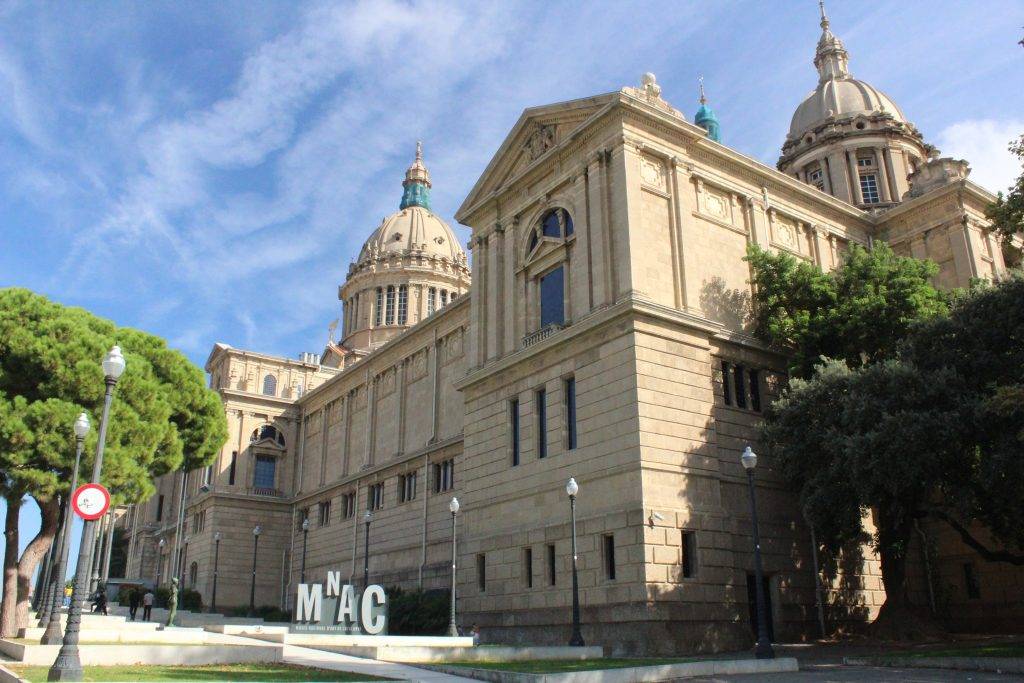
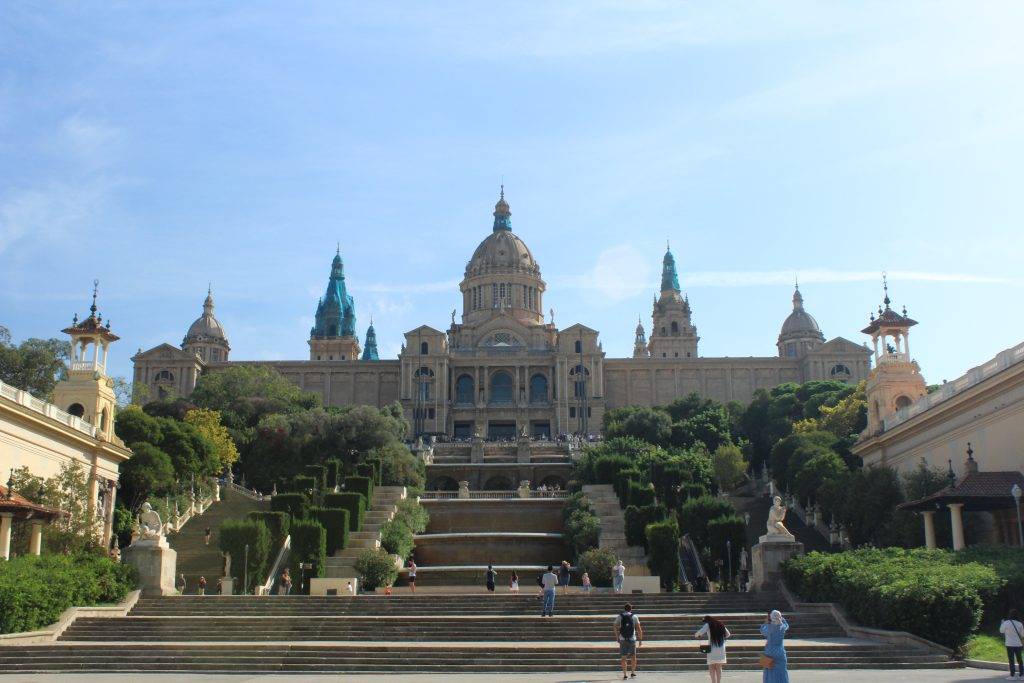
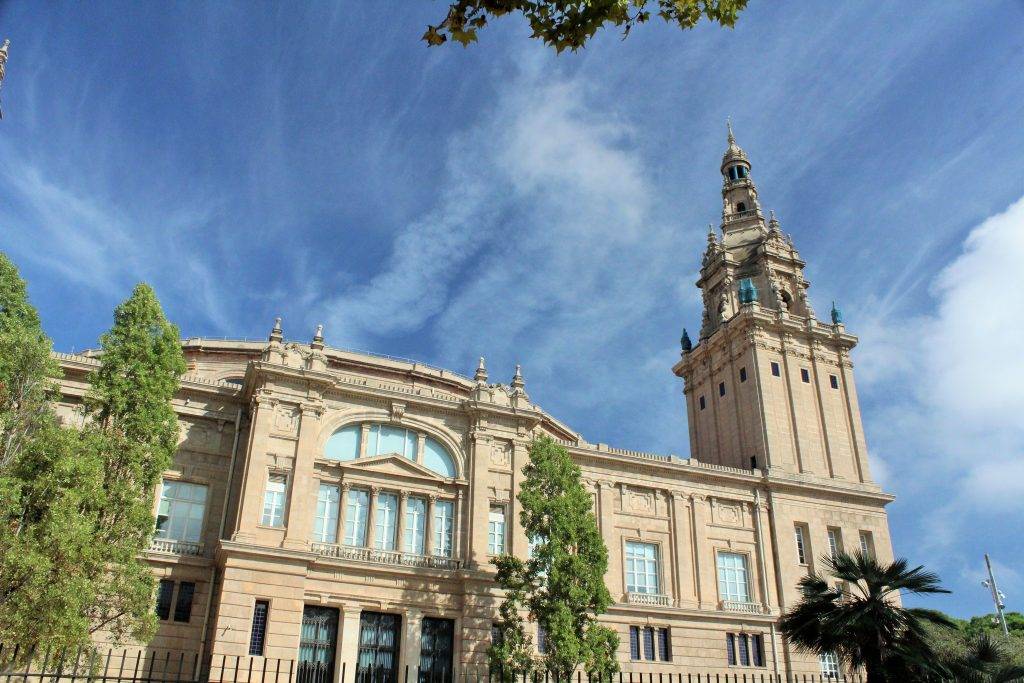
Right behind the fountain, you can’t miss the Palau Nacional. This faux palace was also built for the International Exhibition. In 1934, it transformed into the National Art Museum of Catalonia.
They’ve added a number of different collections over the decades, and it’s now the go-to place to see Catalan art and Romanesque wall paintings worldwide.
Tickets range from 2 to 12 euros, depending on what you want to see.
Even if you don’t want to take the time to tour the art exhibits, be sure to wander around the outside and take in the gorgeous architecture!
Walk Through the Streets of Poble Espanyol
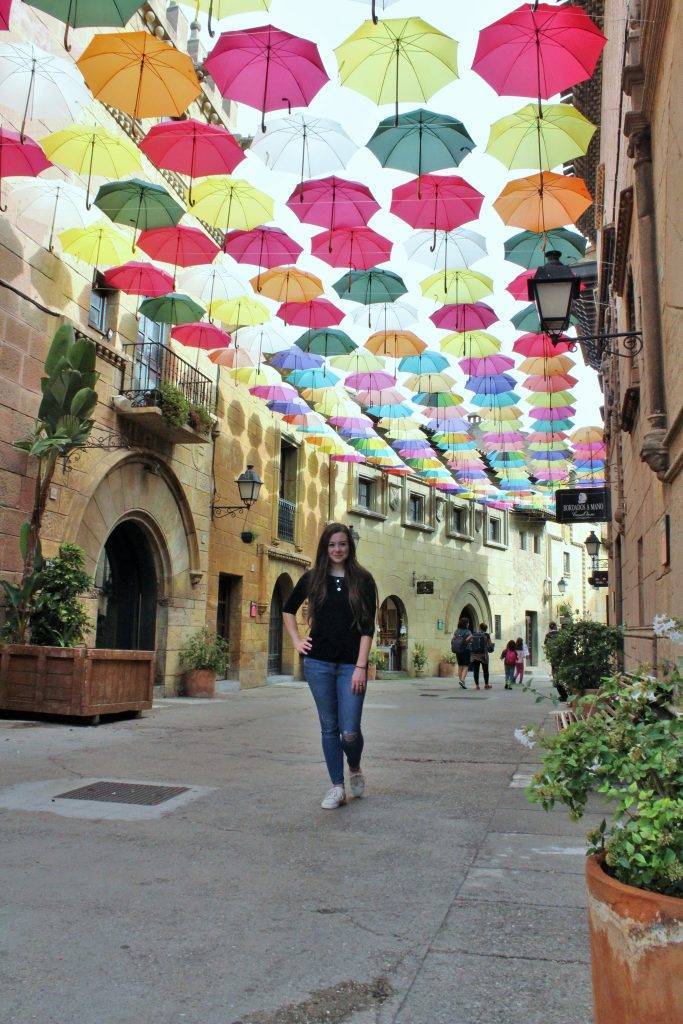
Another fantastic remnant from the 1929 International Exhibition is Poble Espanyol. This was one of my favorite stops on the whole trip because it allowed us to get a glimpse of Spain as a whole in just a couple of hours.
Basically, Poble Espanyol is a model “town” that brings together architecture, food, culture, and craftsmanship from all over Spain into one place. This open-air museum has 117 life-scale architectural creations that visually transport you throughout the country.
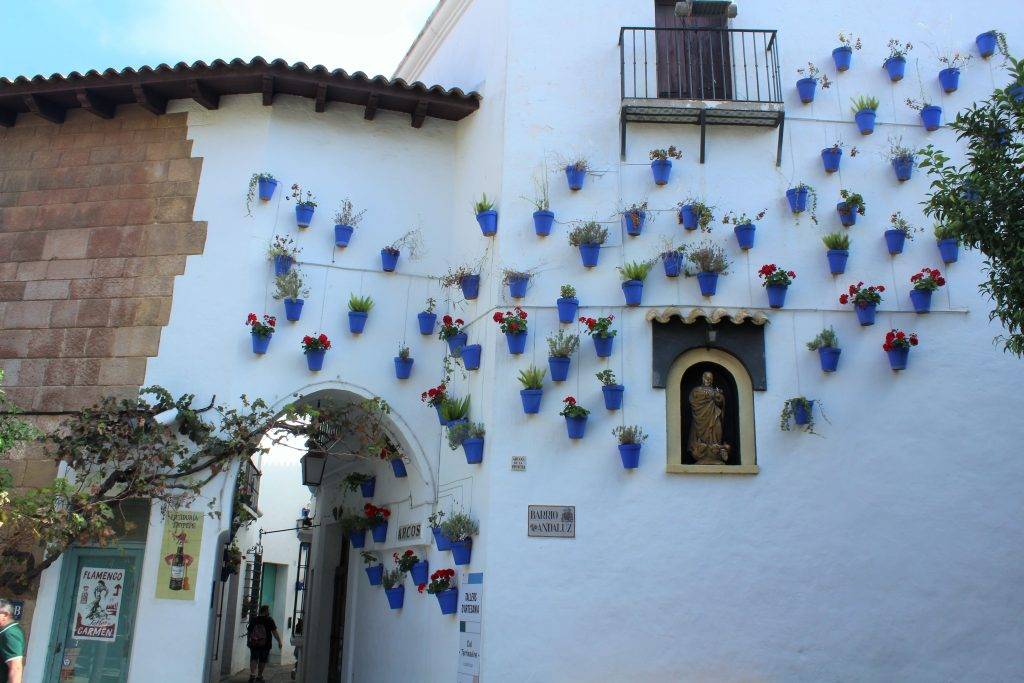
The designers of Poble Espanyol visited over 1600 towns across Spain to gather ideas for the buildings. You can learn all about their journey in the on-site museum.
In addition to the fun of seeing all the different architecture, Poble Espanyol offers a modern art museum, shows, and the chance to watch artisans in action as they make crafts from around the country. There’s also food from various regions and a multi-media presentation on Spain’s most popular festivals, as well as a sculpture garden and playground.
Visit the Olympic Stadium
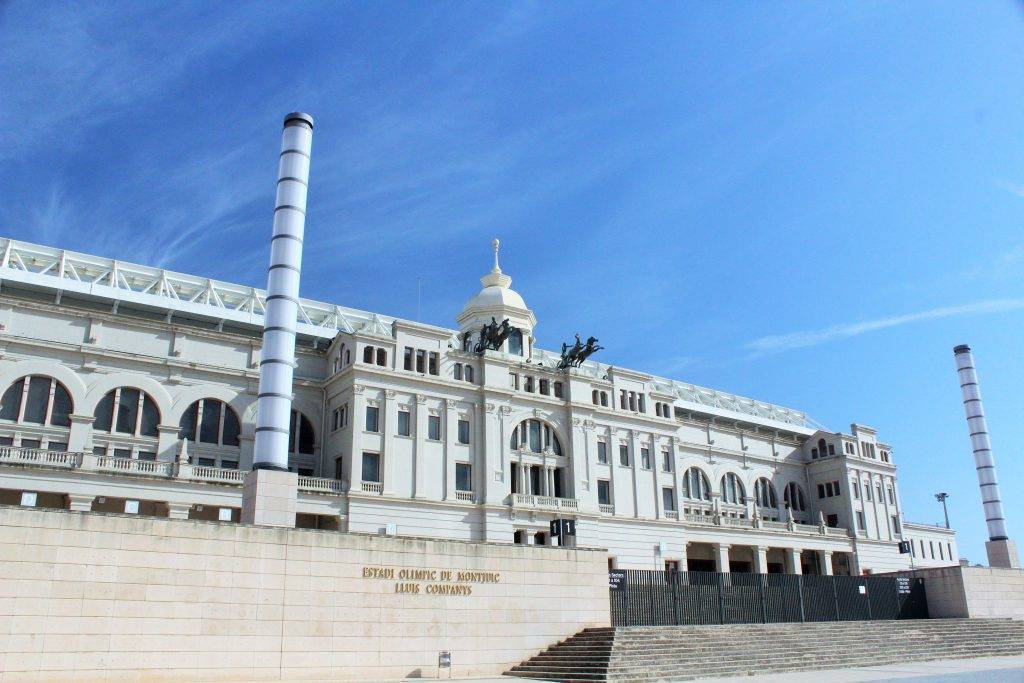
Even if you missed the 1992 Olympics, it’s pretty cool to see the epic stadium up close! It’s got a picture-perfect location, high on the hill, and you can see Barcelona and the mountains spreading out far below.
The stadium is surrounded by a large park with a reflection and green space and towering pillars set into a brick plaza.
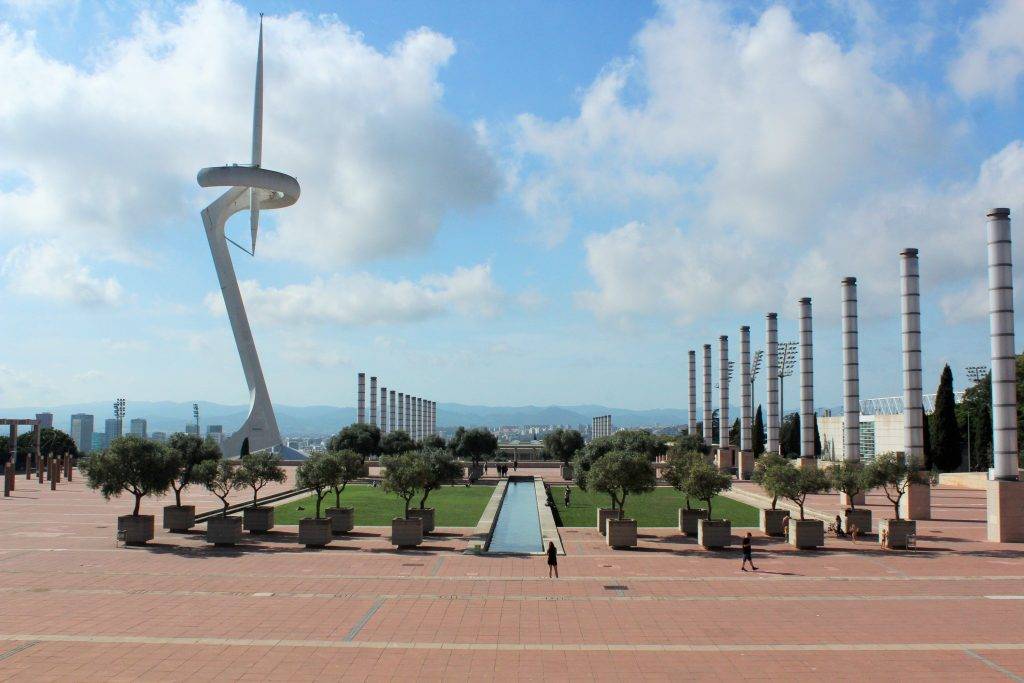
I was surprised to learn that this stadium was also built for the 1929 Exhibition! But it’s seen quite a few changes over the years. It was used as a refugee center during the Spanish Civil War and during the intense floods of the 50s. Finally, it became the epicenter of the 1992 Olympic games.
Now, the stadium is used for all sorts of things, from sporting events to concerts and all sorts of shows.
On most days when no other events are being held, you can tour the stadium on your own and get a closer look at this historic site.
Stop and Smell the Flowers at the Barcelona Botanical Gardens
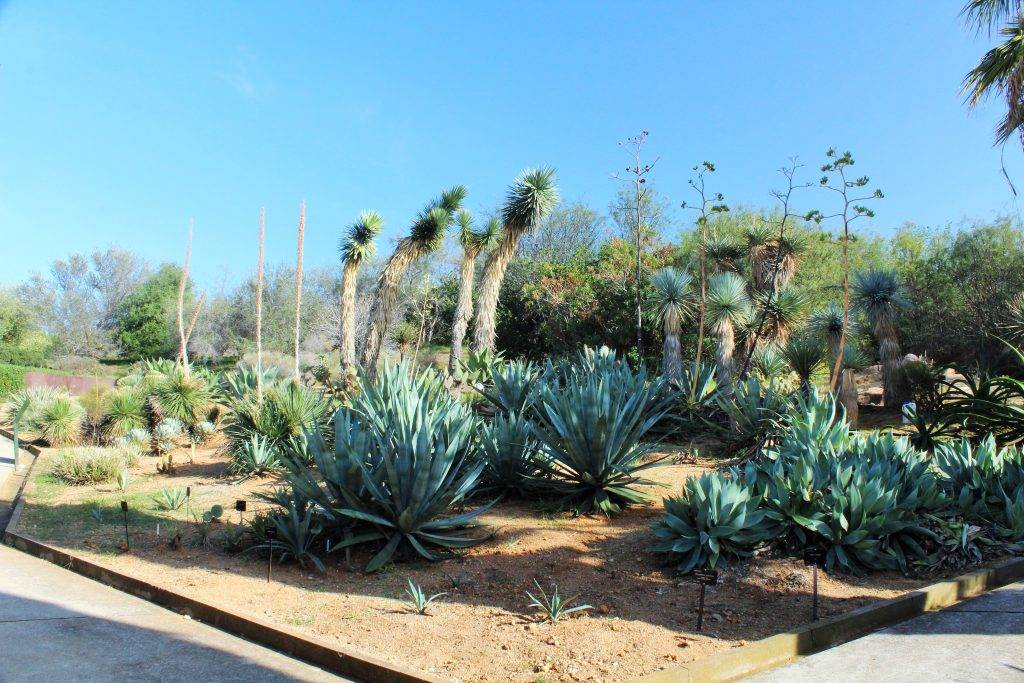
From the Olympic Stadium, walk about 10 minutes down the road to get to the Barcelona Botanical Garden!
These beautiful gardens feature plants from all over the world, divided into themed sections. And thanks to Barcelona’s warm climate, many of these plants can be enjoyed year-round. It specifically features plants from areas that share the same climate as Barcelona, like Chile, Australia, South Africa, and California.
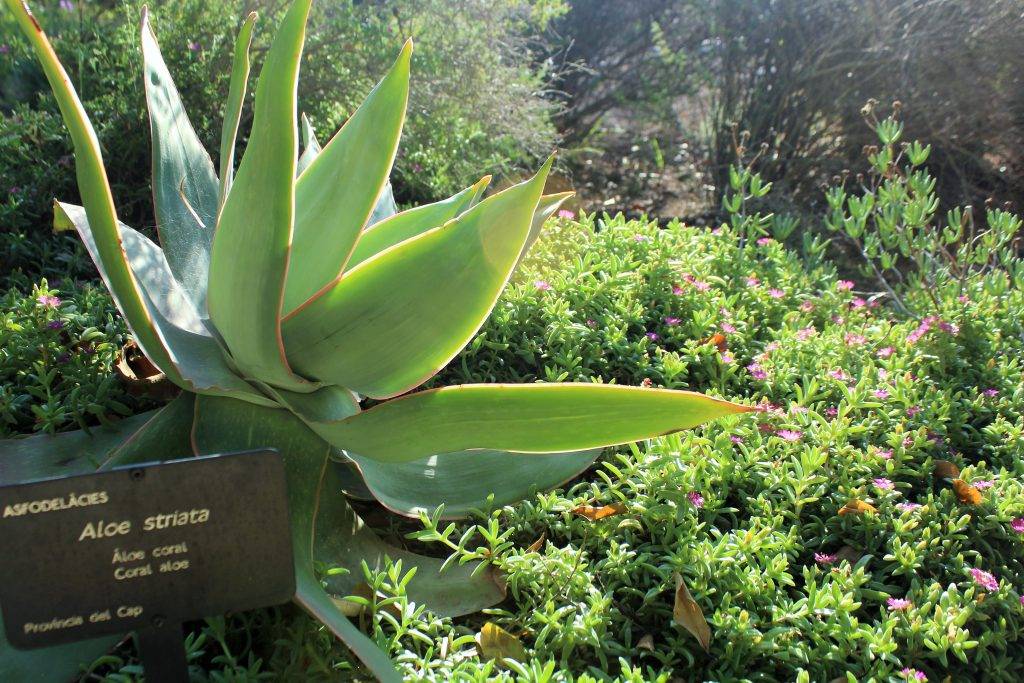

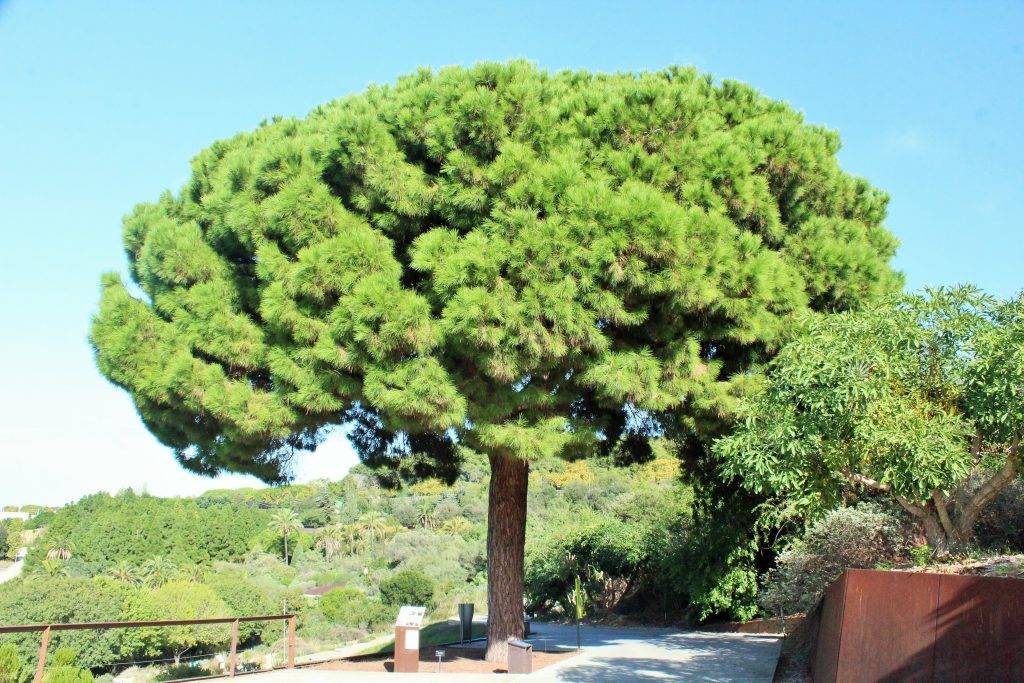
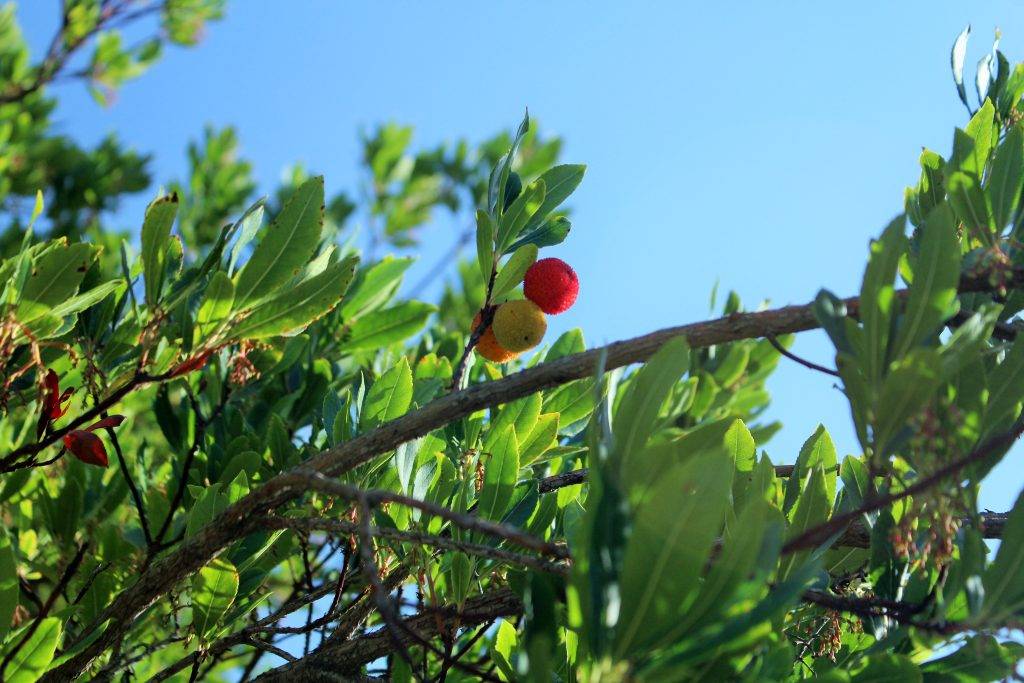
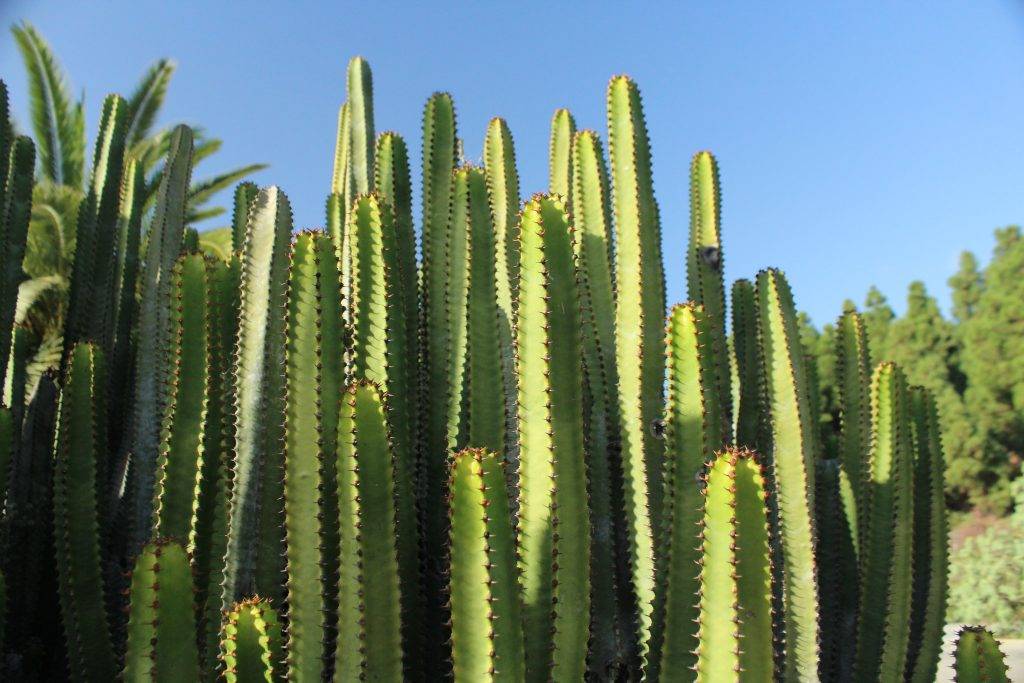
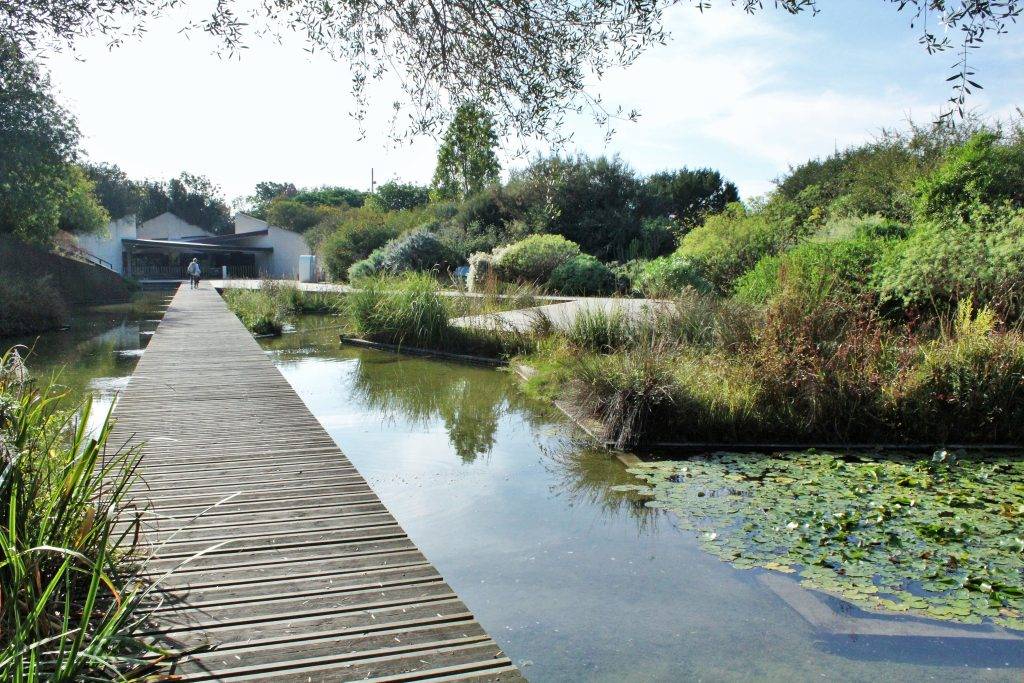
If you want to tour the whole garden, it will take you a couple of hours. However, if you’re crunched for time (or your feet are exhausted), there’s also an Express Route that only takes about 45 minutes and takes you past some of the most interesting or notable plants in the garden.
But while you’re here, don’t miss the panoramic lookout points throughout the garden. You’ll get a great view back at the Olympic Stadium, plus Barcelona beyond.
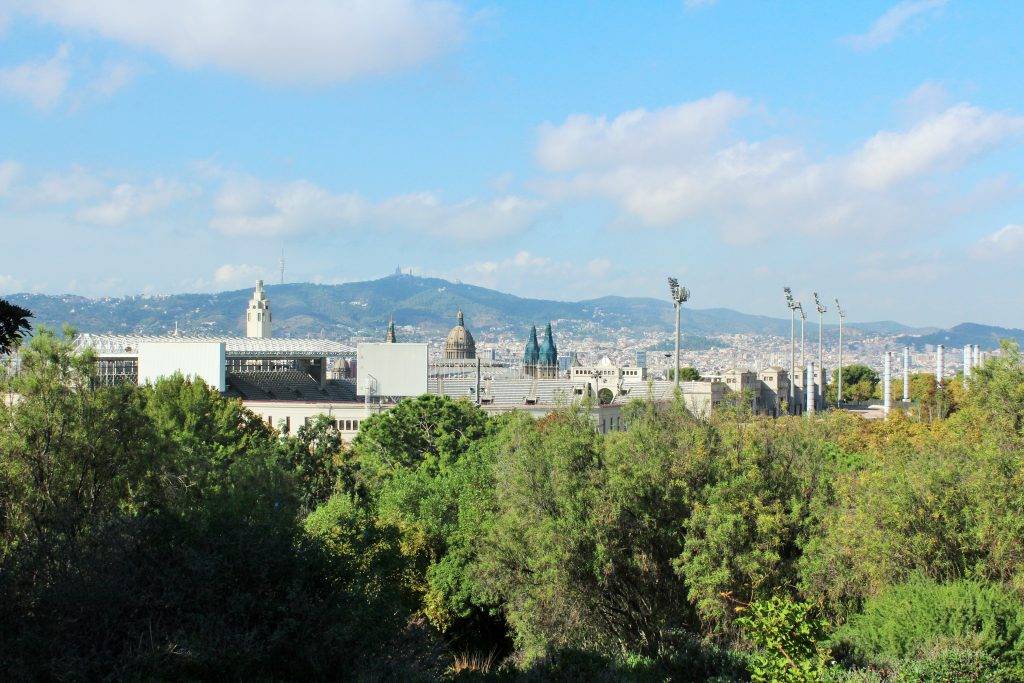
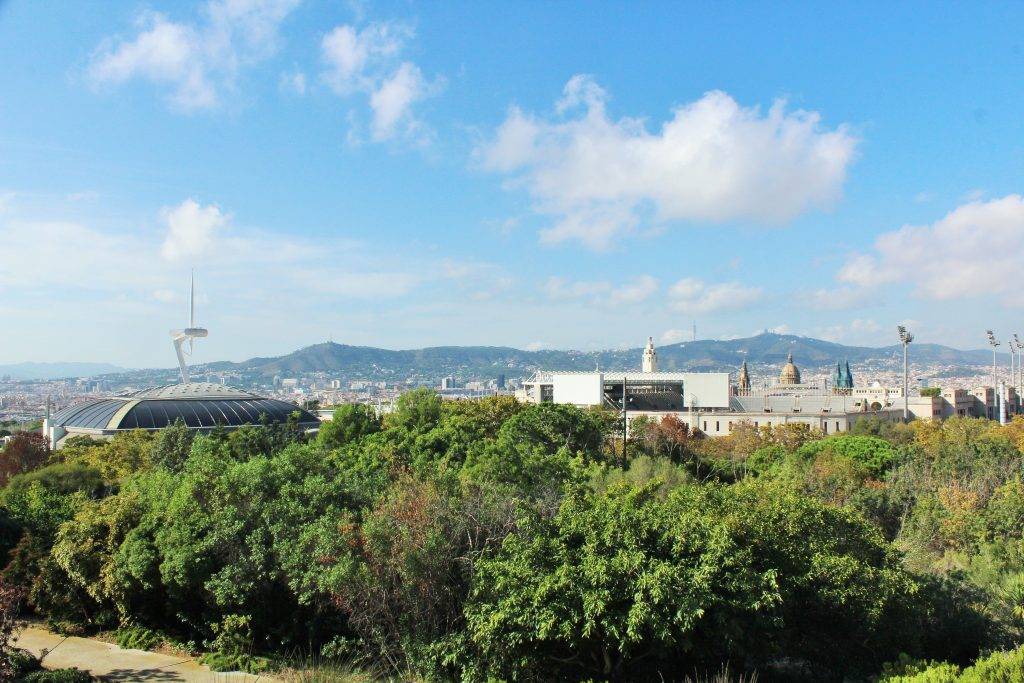
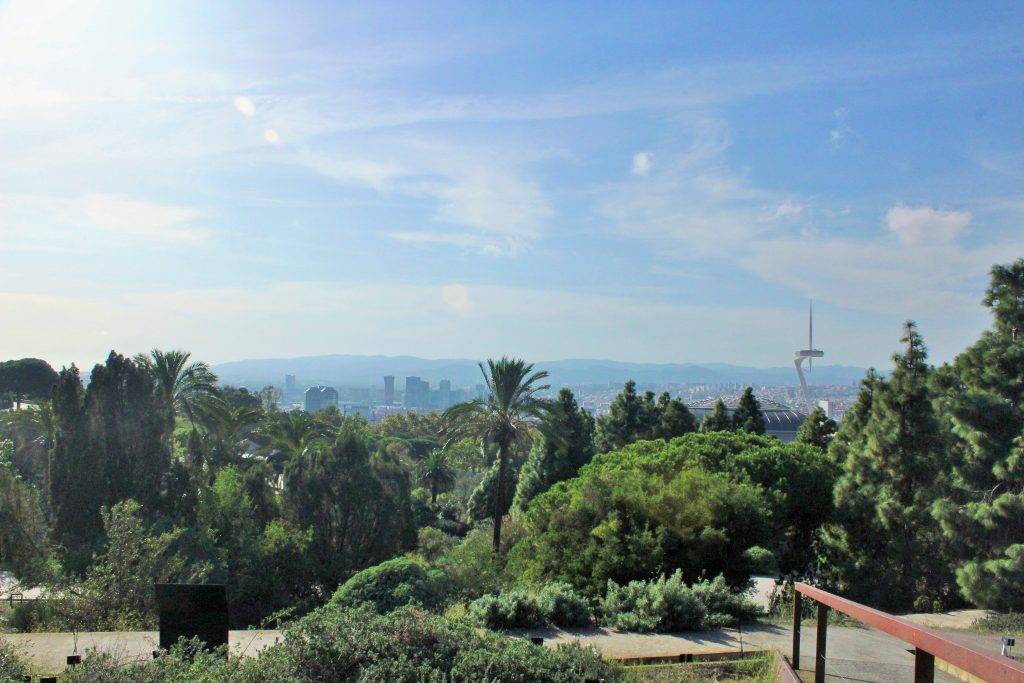
Pro tip: The garden costs 5 euros to visit unless you visit on a Sunday. On the first Sunday of the month, entry is free all day. All other Sundays, it’s free after 3 p.m.
If you have time…
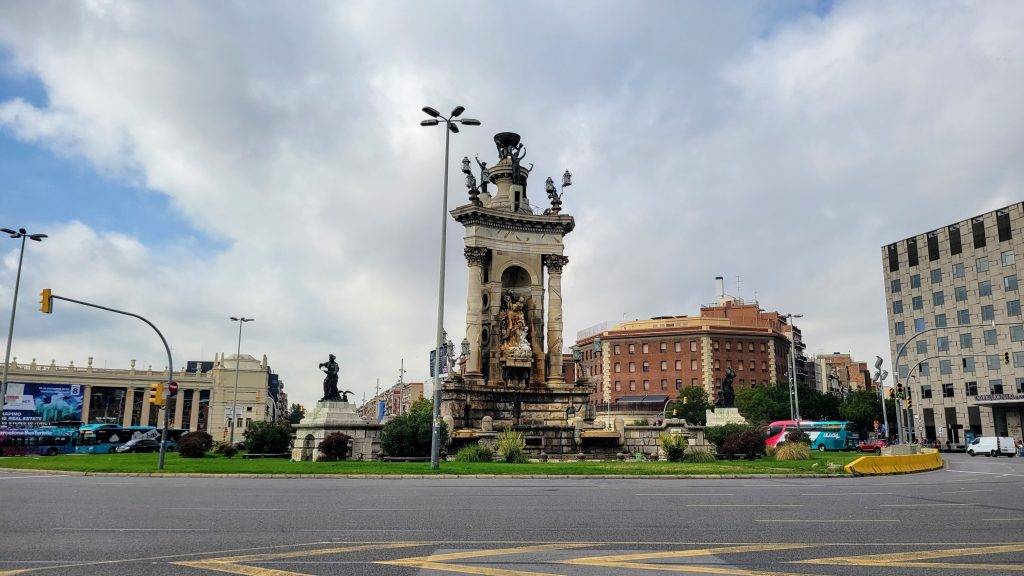
If this hasn’t completely filled up your day, here are a couple of other notable things to do in Montjuic.
See the Exhibits at the Caixa Forum
This textile factory-turned-cultural center is a great place to see temporary art exhibits and attend special events. They keep a great rotating schedule of art installations, artifacts, and even immersive exhibits on display, so it’s always worth checking out.
This is located right by the Magic Fountain, so you can easily detour here before going to Palau National.
Check out the Castell de Montjuic
If you’re more interested in military history than art, the Castell de Montjuic would be a good stop. This fortress dates back to the 1600s and was key in defending the city over the centuries, particularly in the War of the Spanish Succession. However, it also has some dark times on its record from when it was used as a military prison, and many people were tortured.
Now, it’s a military history museum where you can get a glimpse at the role it played in Barcelona’s history, visit the Military Armor Museum, and get 360-degree views of the city.
You’ll find the fortress right by the Botanical Gardens, so these are great tours to pair together.
Closing Thoughts on Montjuic
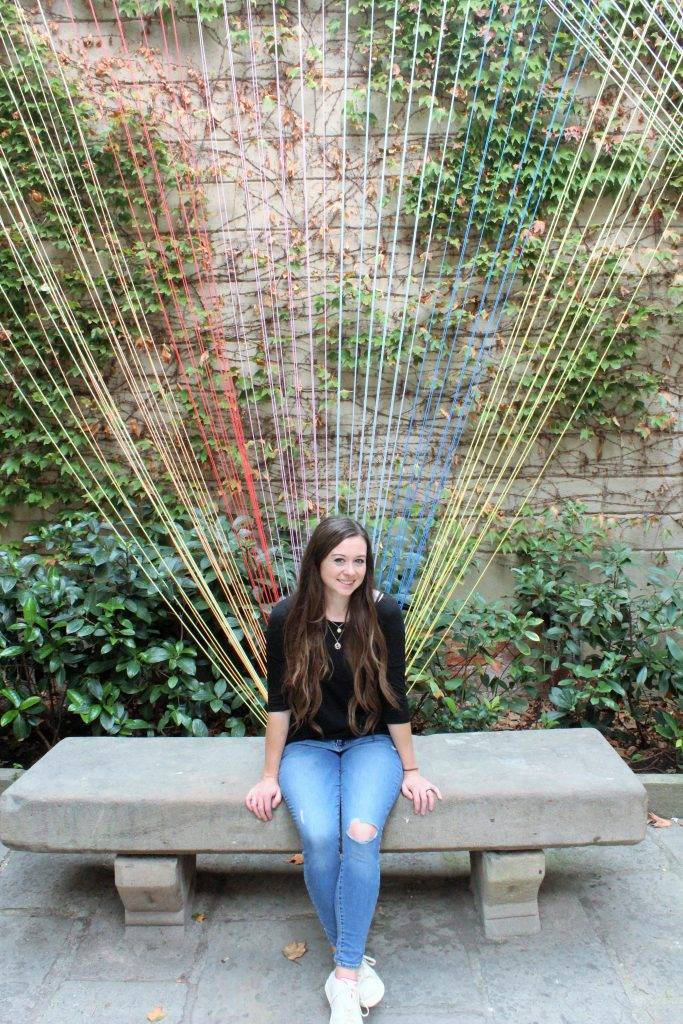
It took some time to get out there from our hotel, but we really enjoyed our day in Montjuic. There was a great blend of history, art, architecture, and nature to enjoy. I particularly liked learning about the area’s history and how the International Exhibit influenced it so much. And I’m very glad that so many of the exhibits are still standing, despite the fact that they were intended to be torn down after event.
I know this is a lot for one day, so feel free to pick and choose and build your own itinerary off of this. I highly recommend wearing comfortable shoes because you will have to do quite a bit of walking (the transportation system in this area isn’t the best) and bring lots of water! Public drinking fountains are rare in Barcelona, so you’ll likely have to buy water if you run out.
That’s all for today! If you enjoyed this post, don’t forget to share it and subscribe for more.
Sign Up for Updates from Carried Away Travels
And if you’re planning out a trip to Barcelona, be sure to view the rest of the posts in my Barcelona series!
- The Barcelona Cathedral: What to Know Before You Go
- Park Guell: One of My Favorite Stops in Barcelona
- Montserrat: A Guide to the Highest Point in Barcelona
- Mataro, Barcelona: A Relaxing Getaway on the Mediterranean Sea
- The Best Barcelona Bucketlist for First-Time Visitors
- What You Need to Know Before Visiting La Sagrada Familia
Until next time, happy travels!
Ready for More? Check Out These Recent Posts!
- How to Spend 3 Days in Dublin & Northern Ireland

- 11 Essential Things to Know Before Visiting Iceland

- My Top 12 Travel Tools For Saving Time & Money

- Dublin Exploration Hack: Big Bus Tours

- The Best 5-Day Colorado Itinerary

- How to Maximize Your Next Workcation: Top Tips

Make Vacation Planning Easier
Download my Vacation Planner or Travel Blogger’s Planner today!
